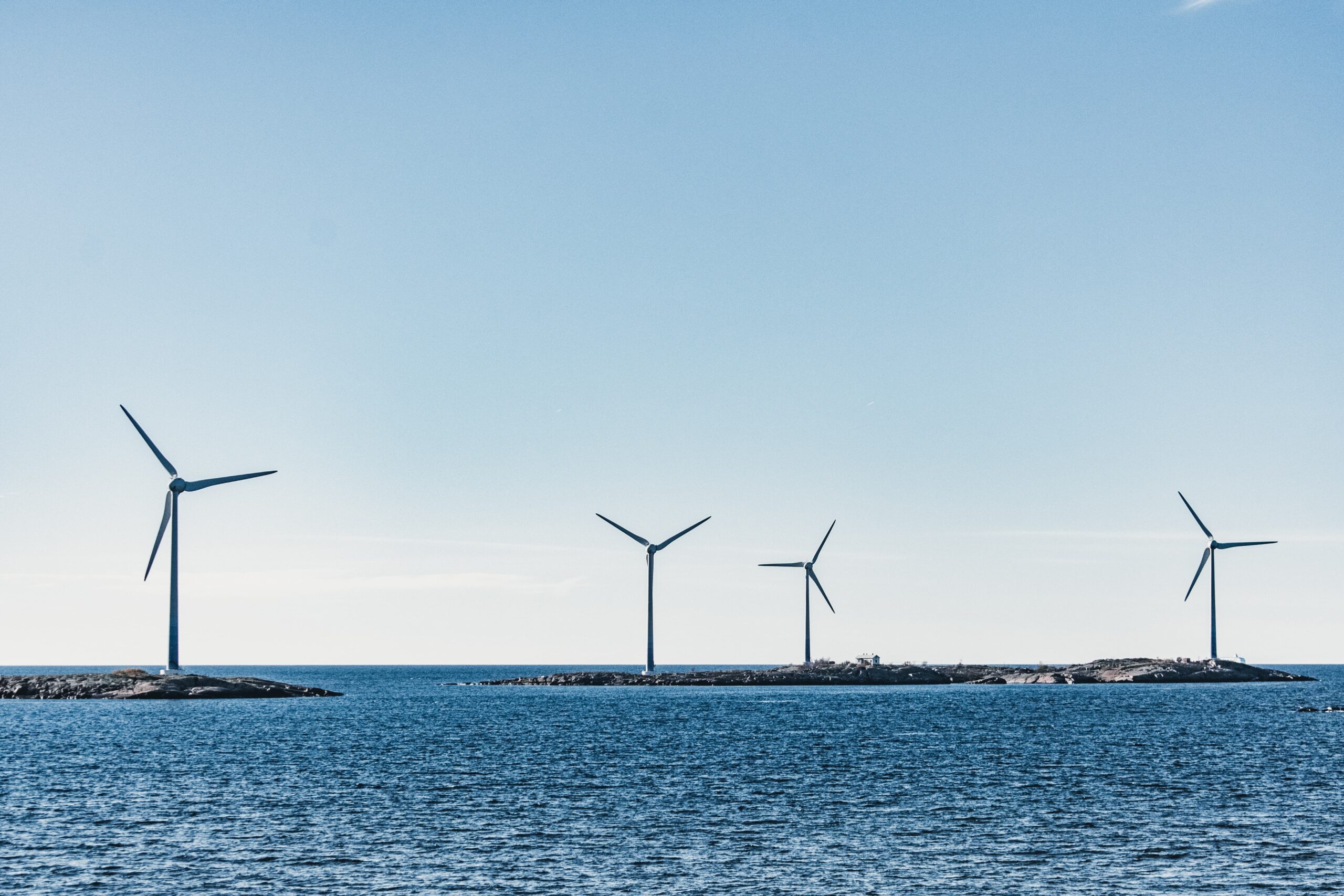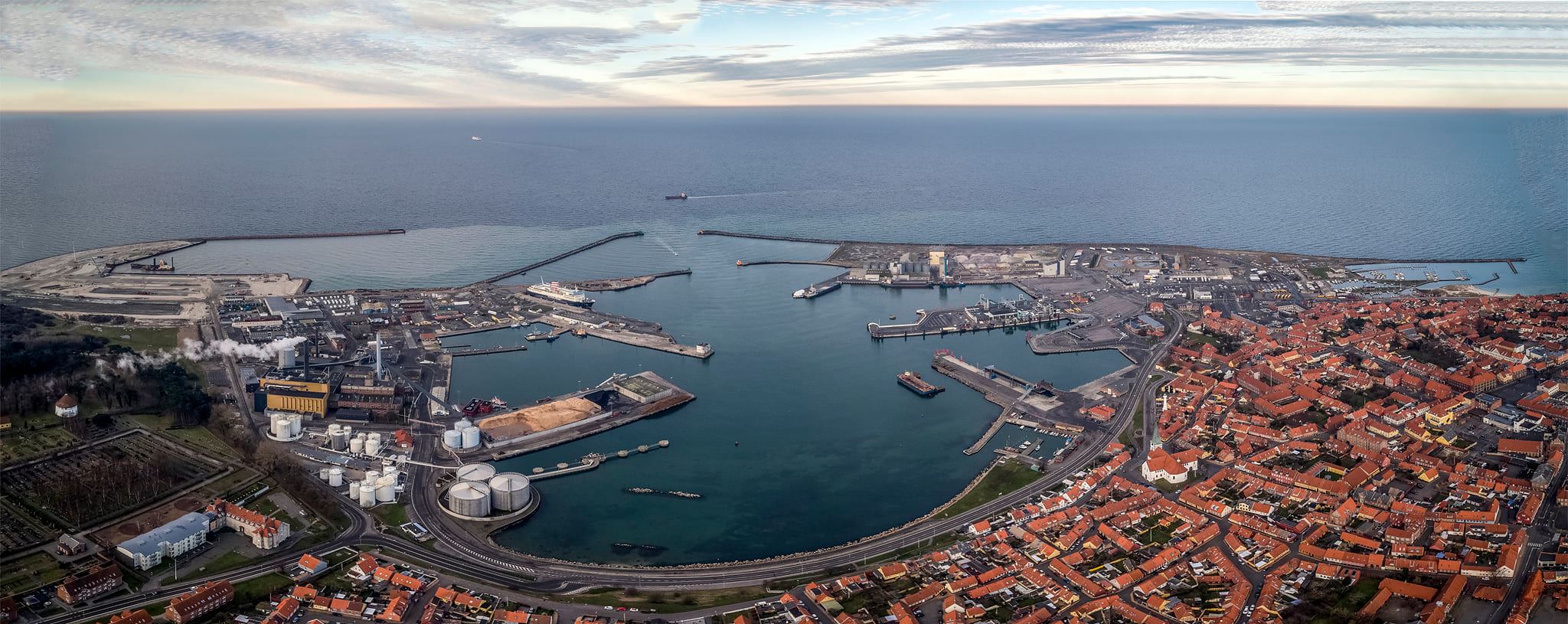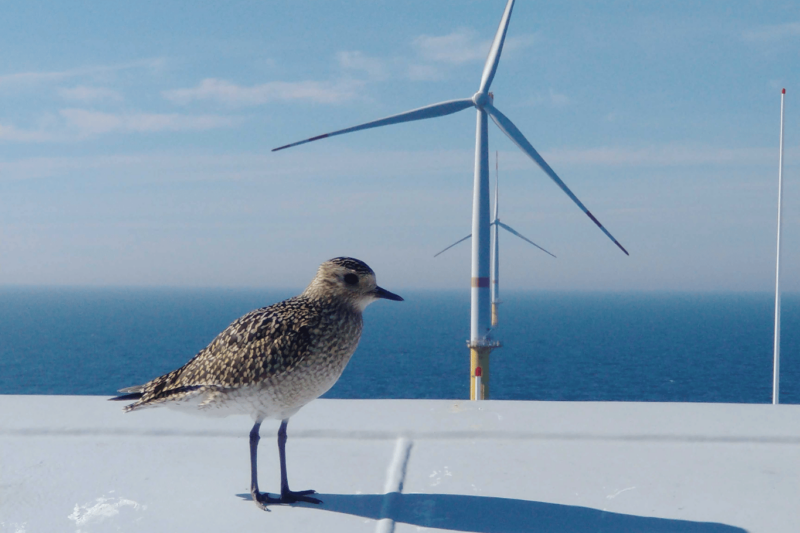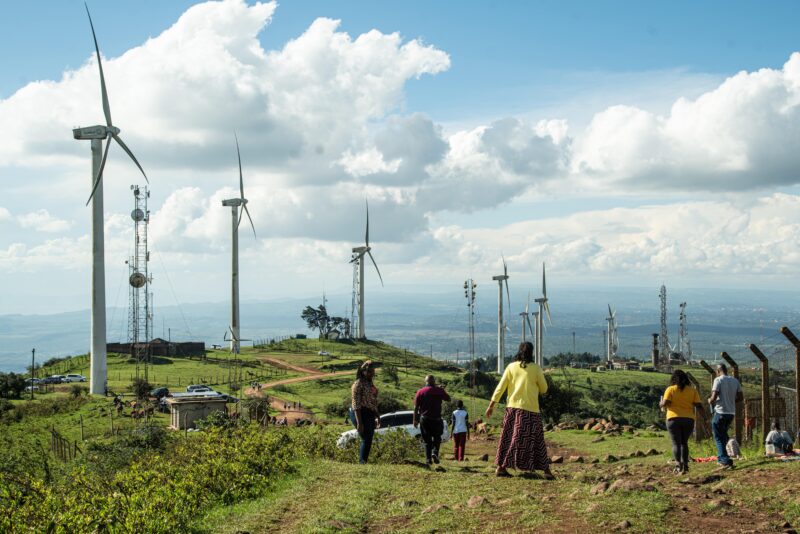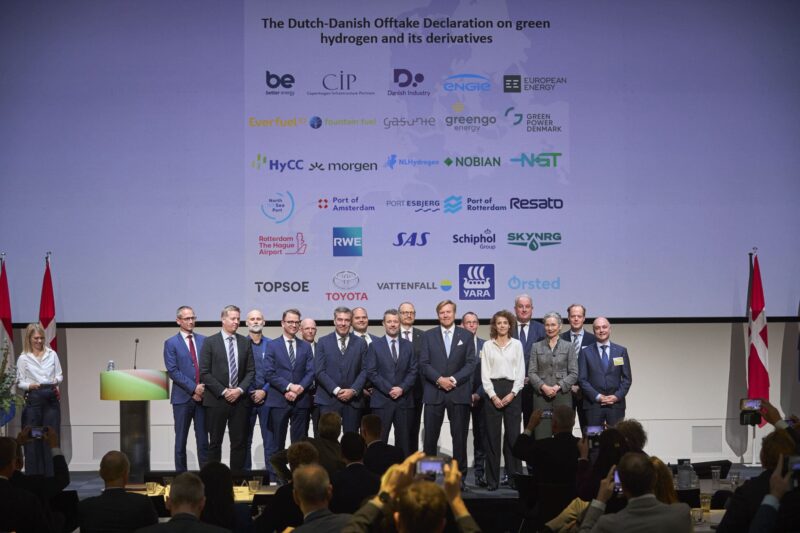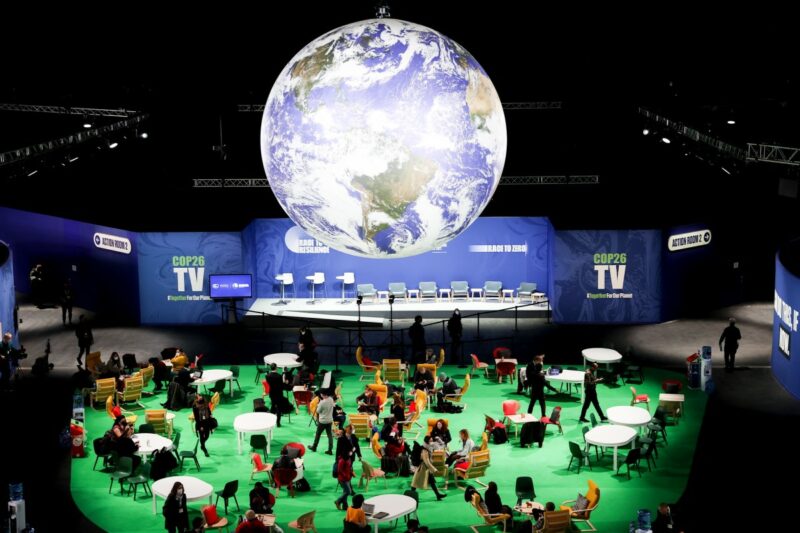In a time where the consequences of climate change are evident and our energy security is threatened, European cooperation on the green transition is more important than ever before. In this spirit, Denmark and Germany have agreed to double down on integrating their electricity grids. In turn, this has also allowed Denmark to expand the planned capacity of the energy island from 2 to 3 GW.
The Bornholm Energy Island will be connected to Germany by an underwater cable and will significantly increase the trade of electricity between the two nations. Furthermore, it sends a strong signal ahead of The Baltic Energy Security Summit that will be held on Bornholm on August 30: that by working together, two countries can accelerate the green transition and bolster energy independence.
“The agreement reinforces the already close Danish-German energy cooperation and literarily strengthens our bonds by adding another electricity connection between our countries. The Energy Island is truly a landmark in energy history and comes at a time where international cooperation is more urgent than ever before,” says Dan Jørgensen, Minister for Climate, Energy, and Utilities of Denmark.
